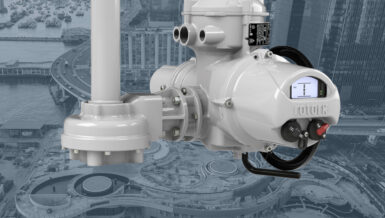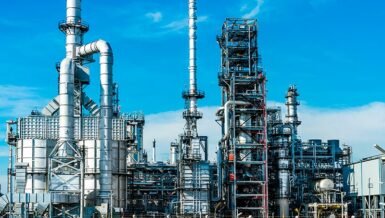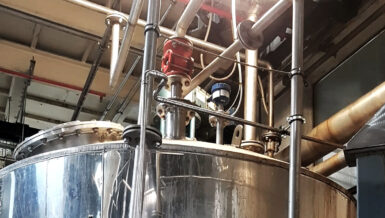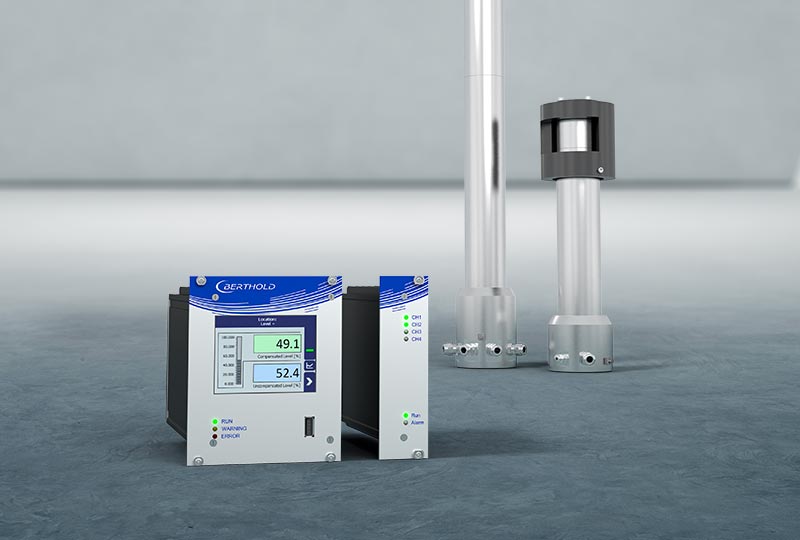Primary Sedimentation Tanks
These tanks allow for the settlement (largely organic matter) out of influent sewage post degritting. The clarified sewage out of these tanks, flows onto biological treatment tanks (BNR process), while the settled organic matter is pumped to the digesters.

Scrapers are used to move the settling sludge into hoppers which are connected to sludge pumps. If the hoppers are not pumped down, the sludge can start building up against the scrapers, which will cause damage in some cases. Having a sludge blanket meter that can repeatedly detect the sludge blanket will allow the hopper blanket to be pumped down while preventing excess water from entering the digesters. This excess water reduces the residence time of the material in the digesters which in turn reduces the amount of biogas that can be extracted.


The shorter residence time usually reduces the quality of the biosolids as well. When the blanket is known with certainty, the amount of sludge being pumped to the digesters could be better regulated. See the screen shot below of how the sludge blanket varies over 24 hours.

Digesters work best when they are fed regularly. Future strategies could attempt to hold up some of the sludge so that there is feed material for most of the night.
Also a repeatable sludge blanket signal could be used to detect rat holing which creates a path for water to be pumped out before the sludge slumps. If rat holing is detected, the next sequenced sludge hopper can be pumped out and the initial hopper returned to after this pump out to finish pumping only sludge.
Energy also will be saved if only sludge was pumped out without excess water. Rotary drum thickeners (RDTs) and sludge thickening centrifuges would also become more efficient in further thickening the sludge if necessary. If thickening can be avoided there are alkalinity dividends for the digester. High alkalinity is often seen as equating to a more healthy and therefore more efficient digester.
HAWK recommended the Sultan Sonar System on their primary clarifier at the Sydney Water Waste Water Treatment Plant. HAWK’s Sonar detects sludge blanket in primary sedimentation tanks by using their advanced sonar technology with interface level measurement to measure and control waste water clarifiers and thickeners. The Sultan Sonar System is capable of measuring the sludge bed level at the bottom of a clarifier or the lightest flocculent layer.
Since installation, the sensors have been accurately measuring the primary sedimentation tanks. Syndey Water’s Process Engineers are extremely satisfied with the reliability and accuracy of the HAWK Sultan Sonar System.

Sultan Sonar System
- Increase clarifier processing efficiencies
- Increase thickener and clarifier capacity
- Produces drier biomass and optimization of sludge dewatering
- Overflow clarity improvements
- Reduces process downtime






























